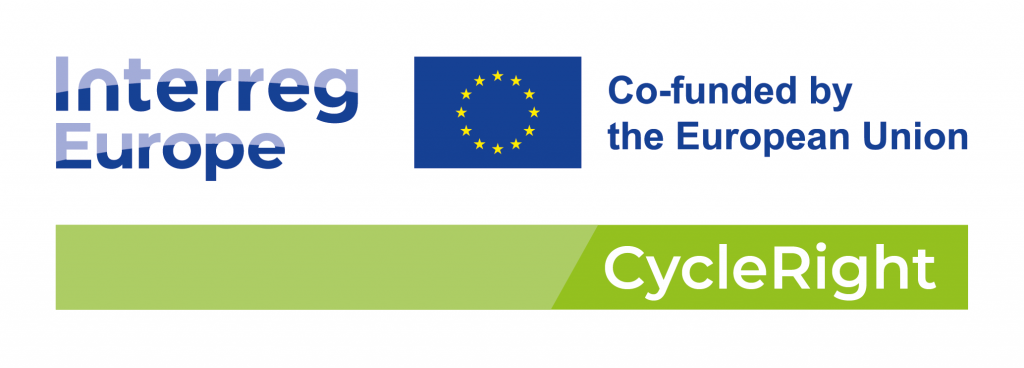
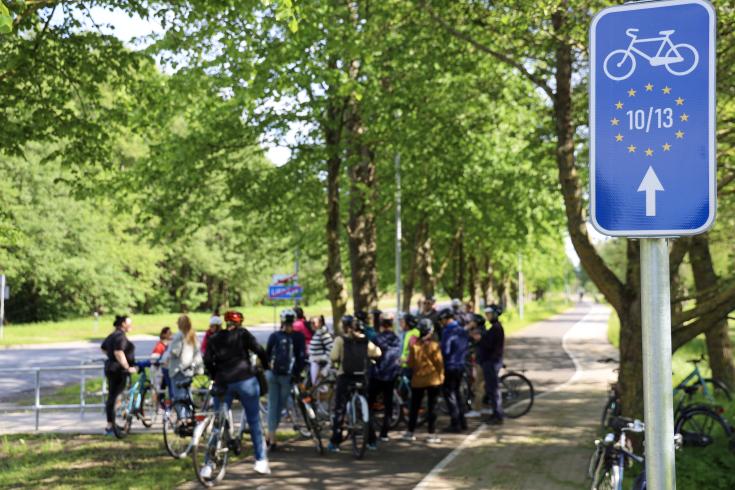
EuroVelo 13 – Iron Curtain Trail was a central highlight of the study visit to Liepāja. On the first day, the route’s founder, Michael Cramer, gave a presentation on its history and cultural significance, and project partners took a practical bike tour along EuroVelo 10 and 13 from Liepāja to Bernati, where a new pedestrian and cycling path along national road A11, built in 2024, has significantly improved cyclists’ safety.
On the second day, participants explored another section of the route in Karosta — the former military port of Liepāja — where the city is developing a comprehensive cycling network to help create a more liveable neighbourhood. This tour also featured unveiling the Cultural Route of the Council of Europe certification mark at Karosta Prison, a renowned military heritage site along the trail.
A Cultural Route of the Council of Europe
Running through Liepāja and stretching over 550 kilometres along Latvia’s coastline, EuroVelo13 – Iron Curtain Trail is the only EuroVelo route recognised as a Cultural Route of the Council of Europe. This status was granted in 2019 and underscores the route’s cultural and historical value at the European level. Cultural Route signs are placed at important military heritage and tourism sites, such as the Irbene radio telescope in Kurzeme. The new sign at Karosta Prison highlights Liepāja’s role in cultural tourism and its place in Europe’s shared 20th-century history. It also serves as a quality mark, helping attract international visitors, funding, and support for sustainable regional development.
Infrastructure good and bad practices
Guided by the consulting partner European Cyclists’ Federation, partners documented good practices and challenges along the routes, focusing on climate resilience, accessibility, and safety. Here are some of the key observations:
The cycle track is fully separated from the roadway, with a green belt of trees in between. This solution offers the highest safety for cyclists and pedestrians.
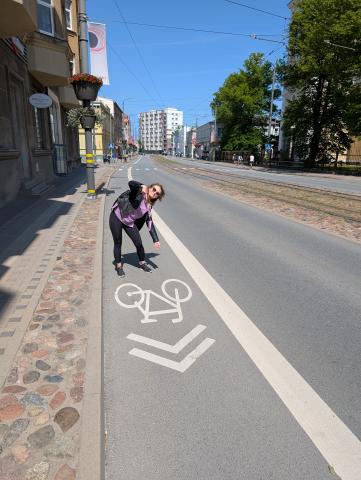
Where a cycle lane runs alongside the carriageway, it is clearly marked with a wide white line and large cycle pictograms, improving visibility and safety.
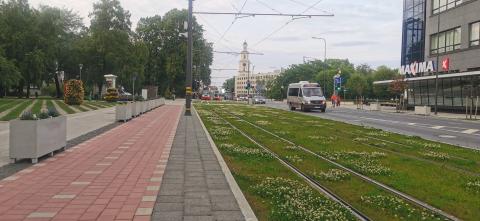
The reconstruction of the tram line on Liela Street has successfully integrated sustainable solutions, such as planting grass instead of pavement between the tram tracks. This creates more green space and helps reduce the urban heat island effect. However, the flower boxes are placed too close to the cycle path, endangering the users.
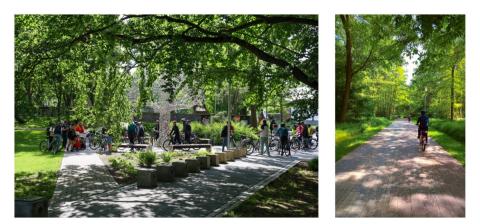
Many cycle lanes benefit from natural shade provided by large trees, keeping cyclists comfortable even on hot, sunny days.
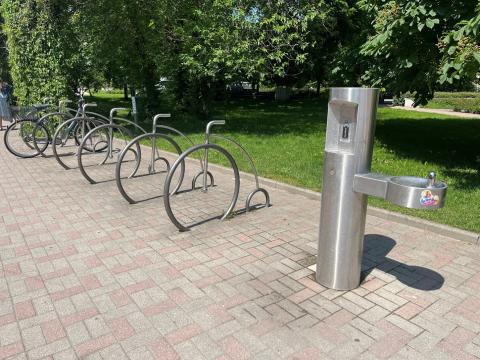
The participants of the study visit also appreciated the amount and quality of cycle parking in Liepāja.
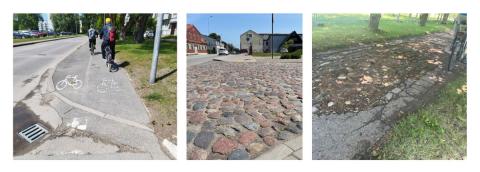
Experts also highlighted areas needing improvement, such as rough or uneven surfaces that could pose safety risks, confusing signage, and flower boxes with sharp edges placed too close to the cycle path.
About CycleRight
The CycleRight project, an Interreg Europe project co-funded by the European Union, aims to improve a set of policy instruments targeting sustainable urban mobility by sharing good practices from the eight participating regions. The learnings will be fed into a Climate Resilient and Inclusive Planning Cycling Guide. Read more and follow the CycleRight project on its website.
Disclaimer: This article only reflects the author’s views. The Interreg Europe programme authorities are not liable for any use that may be made of the information contained therein.
Republished from the European Cyclists’ Federation (ECF) website, the original article is available at: https://www.ecf.com/en/news/sun-cycle-route-a-synergy-of-trans-eu-transport-investments-cycling-tourism-and-rural-mobility/


